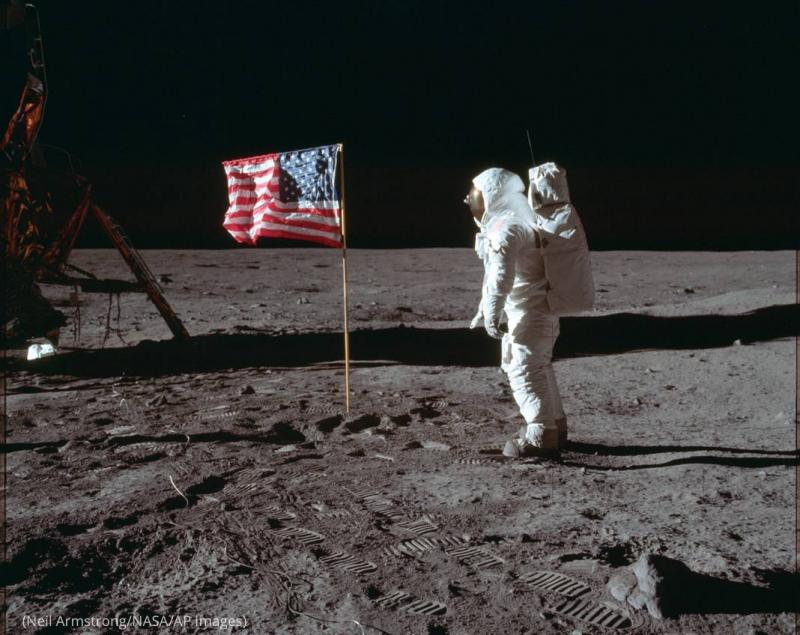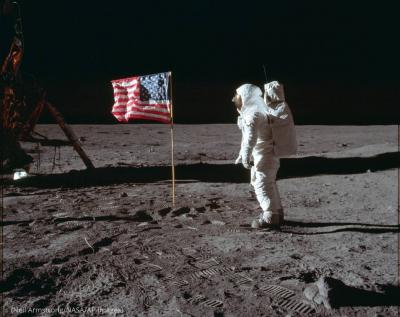The first American lunar landing craft in over 50 years launched towards the Moon today, Monday, kicking off a race among private companies to deliver payloads for NASA and other clients. The lander, developed by Astrobotic Technology, was placed on a brand new rocket, the Vulcan rocket from United Launch Alliance. The Vulcan rocket launched through the skies of Florida before dawn, placing the spacecraft on a circular trajectory to the Moon, with a landing attempt expected on February 23.
The Pittsburgh-based company aims to become the first private entity to successfully land on the Moon, a feat only achieved by four countries. However, a Houston-based company also has a lander ready for flight and could get to the Moon first by taking a more direct route. John Thornton, the CEO of Astrobotic, stated that "whoever launches first and lands first is TBD" (To Be Determined).
NASA has granted millions to both companies to build and launch lunar landers. The space agency wants private landers to survey the site before astronauts arrive while providing NASA with technical and scientific experiments. The deal for Astrobotic’s lander, named Peregrine, was valued at $108 million. The last time the United States launched a lunar landing mission was in December 1972. Gene Cernan and Harrison Schmitt, on the Apollo 17 mission, became the eleventh and twelfth men to walk on the Moon, marking the end of an era that remained the pinnacle for NASA.
The new Artemis program from the space agency—named after the twin sister of Apollo in Greek mythology—aims to return astronauts to the Moon in the coming years, with the first being a flight around the Moon with four astronauts, possibly before the end of the year. The main highlight on Monday was the long-awaited test flight of the Vulcan rocket from Cape Canaveral Space Force Station. The 202-foot-tall (61 meters) rocket is essentially an updated version of the highly successful backbone Atlas V rocket from United Launch Alliance, which is being phased out alongside the company’s Delta IV rocket. Jeff Bezos's Blue Origin provided the main engines for Vulcan.
The Soviet Union and the United States conducted a series of successful lunar landings in the 1960s and 1970s before pausing them temporarily. China joined the elite club in 2013, followed by India in 2023. Last year also saw landings from Russia and a Japanese private company to the Moon. An Israeli lander failed to land on the Moon in 2019.
Over the next month, SpaceX will provide the lift for a lander from Intuitive Machines. The direct trajectory for the Nova-C lander could see the two spacecraft attempting to land just days or even hours apart. Thornton noted that a one-hour landing on the Moon—the greatest challenge ever—would be "exciting and terrifying at the same time."
In addition to flight experiments for NASA, Astrobotic has established its own commercial shipping business, packing the Peregrine lander, which is 6 feet (1.9 meters) long, with everything from a rock sample from Mount Everest and toy cars from Mexico to ashes and DNA of deceased space enthusiasts, including "Star Trek" creator Gene Roddenberry and science fiction author Arthur C. Clarke.




